Why Builders are Shifting Focus to Affordable and Sustainable Homes
The demand for affordable homes has been on the rise, driven by economic factors, lifestyle changes, and a growing emphasis on value and sustainability. In response, builders are adjusting their designs, materials, and locations to meet the evolving needs of buyers who seek homes that fit within a realistic budget without compromising on quality or style. Here’s an in-depth look at the motivations behind this trend and how builders are adapting to make homeownership more accessible for today’s buyers.
Why the Demand for Affordable Housing is Growing
Several factors are fueling the increased demand for affordable homes. Affordability is a primary concern for many buyers, especially as housing prices have risen in recent years, outpacing income growth for many households. For first-time buyers, young families, and those in lower-income brackets, the rising costs of homes and high mortgage rates have made affordability a top priority.
Additionally, the COVID-19 pandemic has reshaped lifestyle preferences in significant ways. As remote work became widespread, many individuals sought to upgrade their living situations, often desiring more space or a dedicated home office. At the same time, rising interest rates and economic uncertainty have pushed buyers to seek options that won't overextend their budgets, shifting attention to affordable homes that offer sufficient space and functionality without the premium price tag.
Builders’ Strategies for Creating Affordable Homes
In response to these trends, builders are employing several strategies to make homes more accessible to budget-conscious buyers. Here’s how they’re doing it:
1. Constructing Smaller, Cost-Effective Homes
One of the primary ways builders are creating affordable homes is by reducing the size and scope of their builds. Smaller single-family homes, townhomes, and condos offer budget-friendly alternatives to larger, more traditional homes. These smaller properties require fewer materials and labor, making them less expensive to produce and, in turn, more affordable for buyers.
In addition to their lower upfront costs, smaller homes generally require less upkeep and maintenance, which appeals to buyers seeking simplicity. Many of these compact homes are designed to maximize space efficiency, offering layouts that feel open and functional without excess square footage.
2. Prioritizing Energy Efficiency and Sustainable Features
To appeal to eco-conscious buyers and reduce long-term costs, builders are increasingly incorporating energy-efficient and sustainable materials into their homes. This approach not only lowers utility bills for homeowners but also aligns with the trend toward environmentally friendly living. Features like high-efficiency windows, solar panels, energy-efficient appliances, and advanced insulation help homeowners save on energy costs over time, making these homes even more appealing from a financial standpoint.
Incorporating sustainable building materials, like recycled steel or eco-friendly insulation, can also reduce the environmental impact of new builds. Builders recognize that today’s buyers are often willing to prioritize homes that support a greener lifestyle, adding further appeal to these affordable options.
3. Building in More Affordable Locations
Another critical strategy for offering affordable homes is choosing development sites with lower land costs. Urban areas tend to have high land prices, which can drive up the cost of construction. To counter this, many builders are expanding into suburban and even rural areas where land prices are more manageable.
This shift also aligns with the changing demands of buyers who, in light of remote work trends, no longer feel compelled to live close to city centers. Suburban and rural areas often provide a quieter, more spacious living environment, which appeals to buyers seeking both affordability and a more relaxed lifestyle. By building in these areas, developers can offer homes at lower price points, making homeownership more achievable.
4. Innovative Design for Multi-Functionality
With compact living spaces on the rise, builders are also investing in innovative design to make smaller homes feel spacious and functional. They are introducing open floor plans, flexible rooms, and multi-functional spaces that can serve multiple purposes, such as home offices that double as guest rooms or dining areas that transition to workspace zones.
These designs help maximize the utility of each square foot, ensuring that smaller homes still provide comfortable, adaptable living environments. For example, kitchens may flow into living areas without barriers, creating a more open atmosphere and minimizing wasted space. This multi-functional approach not only enhances the livability of affordable homes but also caters to the evolving needs of modern buyers.
5. Streamlined Construction Techniques
Advancements in construction techniques are also helping builders reduce costs without sacrificing quality. Prefabricated and modular construction methods allow builders to produce parts of the home off-site, reducing the time and labor required on-site and ultimately lowering costs. This efficiency translates into savings that are often passed on to the buyer, making these homes a budget-friendly option.
Prefab homes have evolved to include customizable features, offering buyers more choice in design and layout without the custom-built price tag. Builders are also leveraging new materials and processes to streamline construction, allowing them to complete projects faster and more efficiently.
A Changing Housing Market
The shift towards affordable housing options is not just a temporary trend; it reflects a broader shift in the housing market. As the demand for less expensive homes grows, builders are responding by rethinking what homeownership means for the average buyer. The emphasis is on quality over quantity, efficiency over excess, and sustainability over extravagance.
For buyers, these trends are promising. They offer more paths to homeownership that align with contemporary values like environmental responsibility, work-life balance, and financial prudence. Builders’ adjustments to offer affordable, efficient homes mean that more individuals and families can find properties that meet their needs without compromising their financial security.
As the housing market evolves, affordable homes are taking center stage, with builders leading the way by offering innovative, budget-friendly housing solutions. The combination of smaller homes, energy-efficient features, cost-effective construction techniques, and affordable locations means that more people can achieve homeownership within their means.
Whether you’re a first-time buyer or looking to downsize, this trend toward affordability offers a range of options that blend practicality with modern amenities. Builders’ commitment to creating homes that are both accessible and sustainable ensures that homeownership remains a realistic goal for more people, even as the landscape of housing continues to change.
Categories
Recent Posts
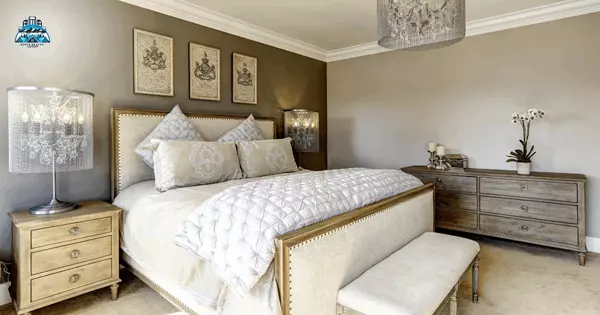
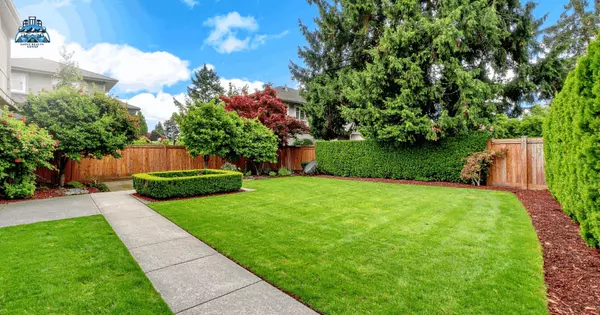

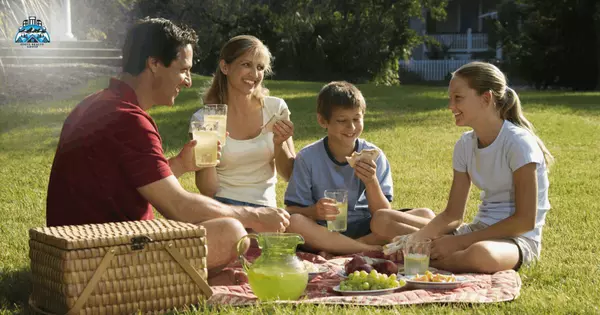
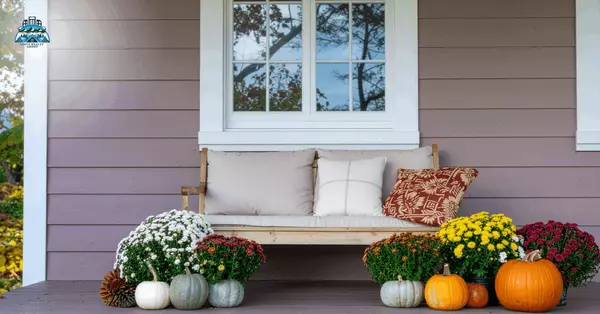
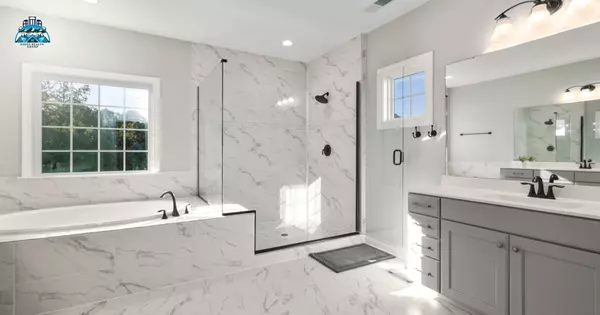

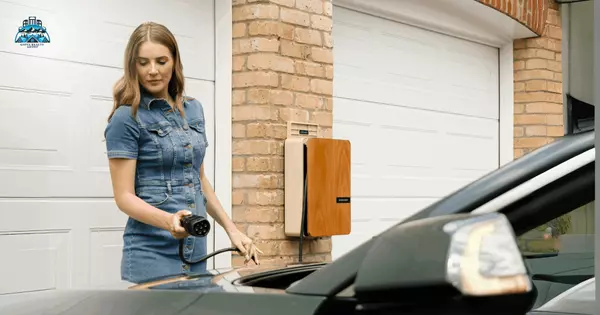

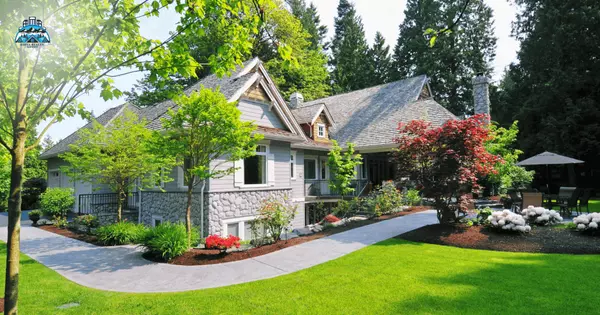
GET MORE INFORMATION


